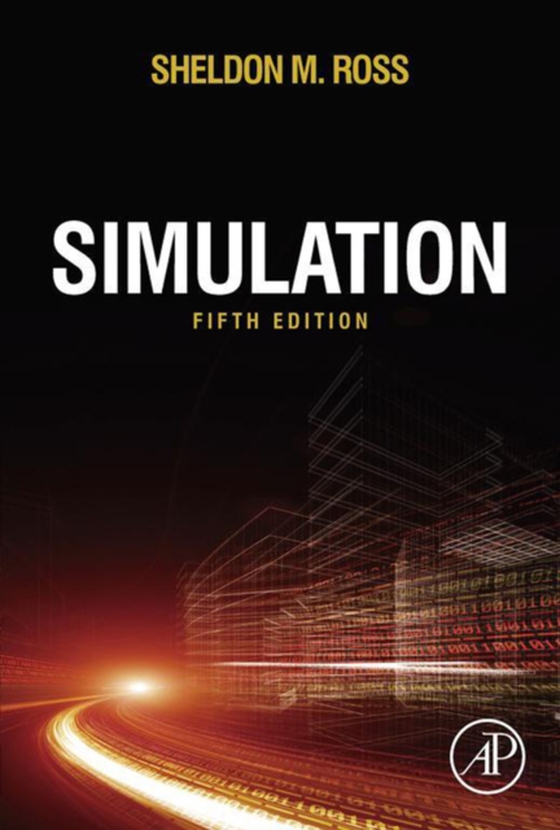
Simulation e-bog
683,09 DKK
(ekskl. moms 546,47 DKK)
The 5th edition of Ross's Simulation continues to introduce aspiring and practicing actuaries, engineers, computer scientists and others to the practical aspects of constructing computerized simulation studies to analyze and interpret real phenomena. Readers learn to apply results of these analyses to problems in a wide variety of fields to obtain effective, accurate solutions and make predicti...
E-bog
683,09 DKK
Forlag
Academic Press
Udgivet
31 december 2012
Længde
328 sider
Genrer
PBWL
Sprog
English
Format
pdf
Beskyttelse
LCP
ISBN
9780124159716
The 5th edition of Ross's Simulation continues to introduce aspiring and practicing actuaries, engineers, computer scientists and others to the practical aspects of constructing computerized simulation studies to analyze and interpret real phenomena. Readers learn to apply results of these analyses to problems in a wide variety of fields to obtain effective, accurate solutions and make predictions about future outcomes. This latest edition features all-new material on variance reduction, including control variables and their use in estimating the expected return at blackjack and their relation to regression analysis. Additionally, the 5th edition expands on Markov chain monte carlo methods, and offers unique information on the alias method for generating discrete random variables. By explaining how a computer can be used to generate random numbers and how to use these random numbers to generate the behavior of a stochastic model over time, Ross's Simulation, 5th edition presents the statistics needed to analyze simulated data as well as that needed for validating the simulation model. Additional material on variance reduction, including control variables and their use in estimating the expected return at blackjack and their relation to regression analysis Additional material and examples on Markov chain Monte Carlo methods Unique material on the alias method for generating discrete random variables Additional material on generating multivariate normal vectors
 Dansk
Dansk

